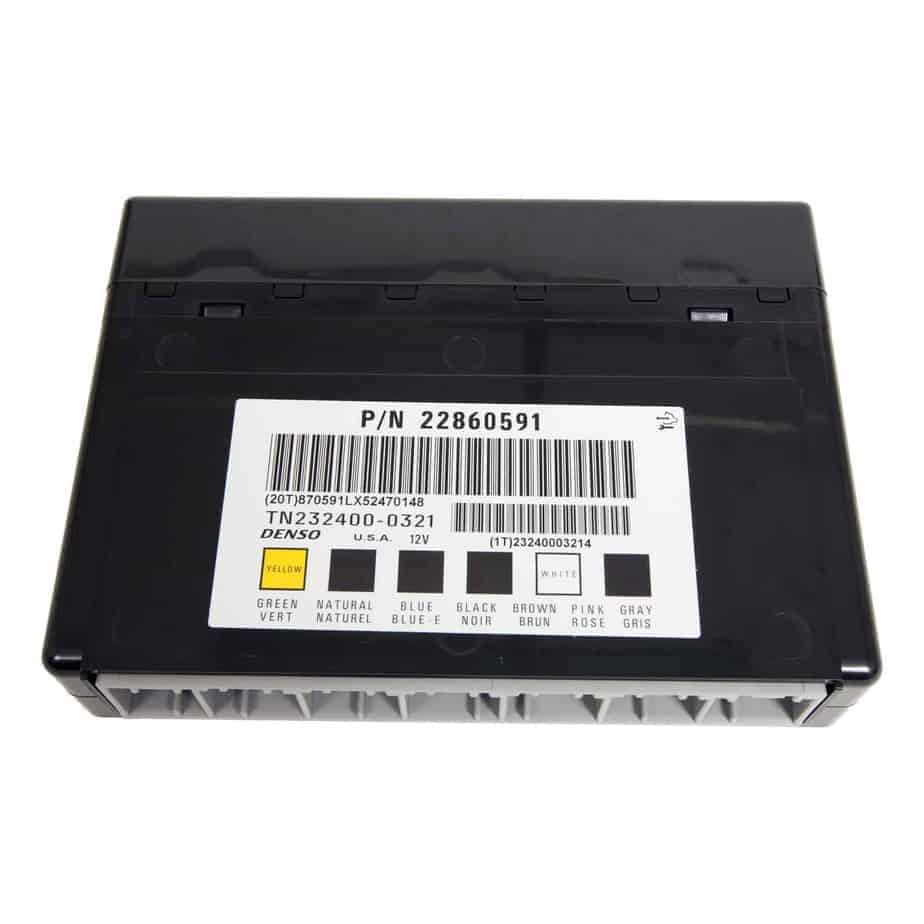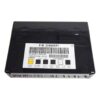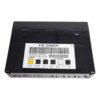Restore Your Traverse’s Electrical System with a Hassle-Free Solution
If your 2009-2012 Chevrolet Traverse is suffering from bizarre electrical problems—like flickering lights, malfunctioning power windows and locks, a haywire security system, or even a no-start condition—a failing Body Control Module (BCM) is the most likely culprit. As a technician with over two decades of experience, I’ve seen how a faulty BCM can turn a reliable vehicle into a source of constant frustration. The BCM is the central hub for your vehicle’s body electronics, and when it fails, it can cause a cascade of confusing issues.
Forget the expensive trip to the dealership and the associated programming fees. We offer a simple, effective, and affordable alternative: a professional cloning service for your 2009-2012 Traverse BCM. This isn’t just a part in a box; it’s a complete solution. You send us your original BCM, and we expertly transfer all of its critical data—including VIN, mileage, and key information—to a fully functional replacement module. We then ship both units back to you. The result is a true plug-and-play module that is ready for installation right out of the box, with no additional programming required.
Case Study: A Tricky Diagnosis
A customer brought in a 2011 Traverse with a classic BCM failure story. The dash lights would flicker randomly, the radio would turn off, and occasionally the liftgate wouldn’t open. They had already replaced the battery and checked the alternator, but the gremlins persisted. Upon inspection, I noticed a faint watermark trail on the carpet under the driver’s side dash. This is a common issue on these platforms, where a clogged cowl drain or a bad windshield seal allows water to drip directly onto the BCM. The corrosion was minimal but had compromised the circuit board. By cloning his original module, we saved him over $500 compared to the dealer quote and got his Traverse back to 100% functionality the same day.
Is Your Traverse Showing These Symptoms?
A failing BCM can manifest in numerous ways. If you’re experiencing any of the following, this module is the likely solution:
- ✔ Intermittent or non-functional power windows, door locks, or interior lights.
- ✔ The security or anti-theft system light stays on, preventing the engine from starting.
- ✔ Erratic instrument cluster behavior, such as gauges dropping to zero or warning lights appearing for no reason.
- ✔ Communication error codes, particularly U-codes (e.g., U0140, U0155), stored in other modules.
- ✔ Unresponsive key fobs or remote start functions.
- ✔ Inconsistent operation of wipers, headlights, or the horn.
Your Straightforward BCM Installation Guide
Installing your cloned 2009-2012 Traverse BCM is a manageable job for a confident DIYer. Here’s a general guide:
- Safety First: Always disconnect the negative terminal from your vehicle’s battery and wait a few minutes to ensure all systems are powered down.
- Locate the BCM: On the 2009-2012 Traverse, the BCM is typically located on the left-hand (driver’s) side of the dash, often near the steering column or behind the lower dash panel.
- Access the Module: You will likely need to remove the lower dash panel or knee bolster to gain access. These are usually held in by a few screws and clips.
- Disconnect and Remove: Carefully disconnect the electrical connectors from the old BCM. They have locking tabs that need to be depressed. Once disconnected, unbolt or unclip the module from its mounting bracket.
- Install the New Module: Mount the replacement BCM in the same location and securely reconnect all electrical connectors. Ensure they click into place.
- Reconnect and Test: Reconnect the negative battery terminal. Turn the key to the ‘On’ position and test all body functions—windows, locks, lights, wipers, etc.—to confirm proper operation before reinstalling the trim panels.
Note: After installation, some vehicles may require a post-installation procedure like an airbag system sync or brake pedal position relearn. Please see our FAQ for more details.
Verified Vehicle Compatibility
This BCM is a direct replacement for part number 15837419 and is also compatible with a wide range of other GM part numbers and vehicles. Please verify your part number or contact us with your VIN to confirm fitment. This module fits the following, among others:
- Chevrolet Traverse: 2009-2012
- GMC Acadia: 2007-2012
- Buick Enclave: 2008-2012
- Chevrolet Impala: 2006-2012
- Cadillac DTS: 2006-2011
- Chevrolet Tahoe / Suburban / Avalanche: 2010 (verify ID)
- GMC Yukon / Yukon XL: 2010 (verify ID)
- Chevrolet Express / GMC Savana Vans: 2008-2012
- …and many other models listed in the fitment data.
Frequently Asked Questions
What exactly is a “Cloning Service”?
Cloning is the process of reading the essential vehicle-specific data from your original BCM and writing it onto the replacement module we provide. This includes your vehicle’s VIN, security information, and other settings. This makes the replacement module a perfect digital match to your car, eliminating the need for expensive dealer-level programming.
Do I need to send my original BCM to you?
Yes. For the cloning service to work, we must have your original module at our facility to extract the data. After the service is complete, we will ship your original module back to you along with your newly programmed replacement.
Is this a simple plug-and-play installation?
Yes, for over 95% of vehicles. Because we clone your original data, the module is ready to be installed without any further programming. In some rare cases, or if certain warning lights appear, a simple relearn procedure may be necessary. We provide details on these potential procedures.
What is the ‘Airbag System Sync’ mentioned in the procedures?
The BCM communicates with the airbag system (SDM). If the airbag light is on after installation, it means the two modules need to be electronically ‘introduced’. A professional scan tool is used to perform a ‘Setup SDM Primary Key in BCM’ procedure to sync them and turn off the light. This is not always required.
What happens if I don’t do the Brake Pedal Position relearn?
If your specific model requires this and it is not performed, you may experience issues with the brake lights not working correctly or the traction control/stability control system may not function as intended. It’s a key safety calibration that ensures these systems know the exact position of your brake pedal.
What is your policy on the original part (core)?
We always return your original module to you along with the programmed replacement unit. We do not keep your original part, and there is no separate core charge associated with this service.
Disclaimer: Vehicle systems can be complex. The information provided is based on years of professional experience, but specific procedures can vary. Always consult a factory service manual or a qualified technician for guidance specific to your vehicle.



